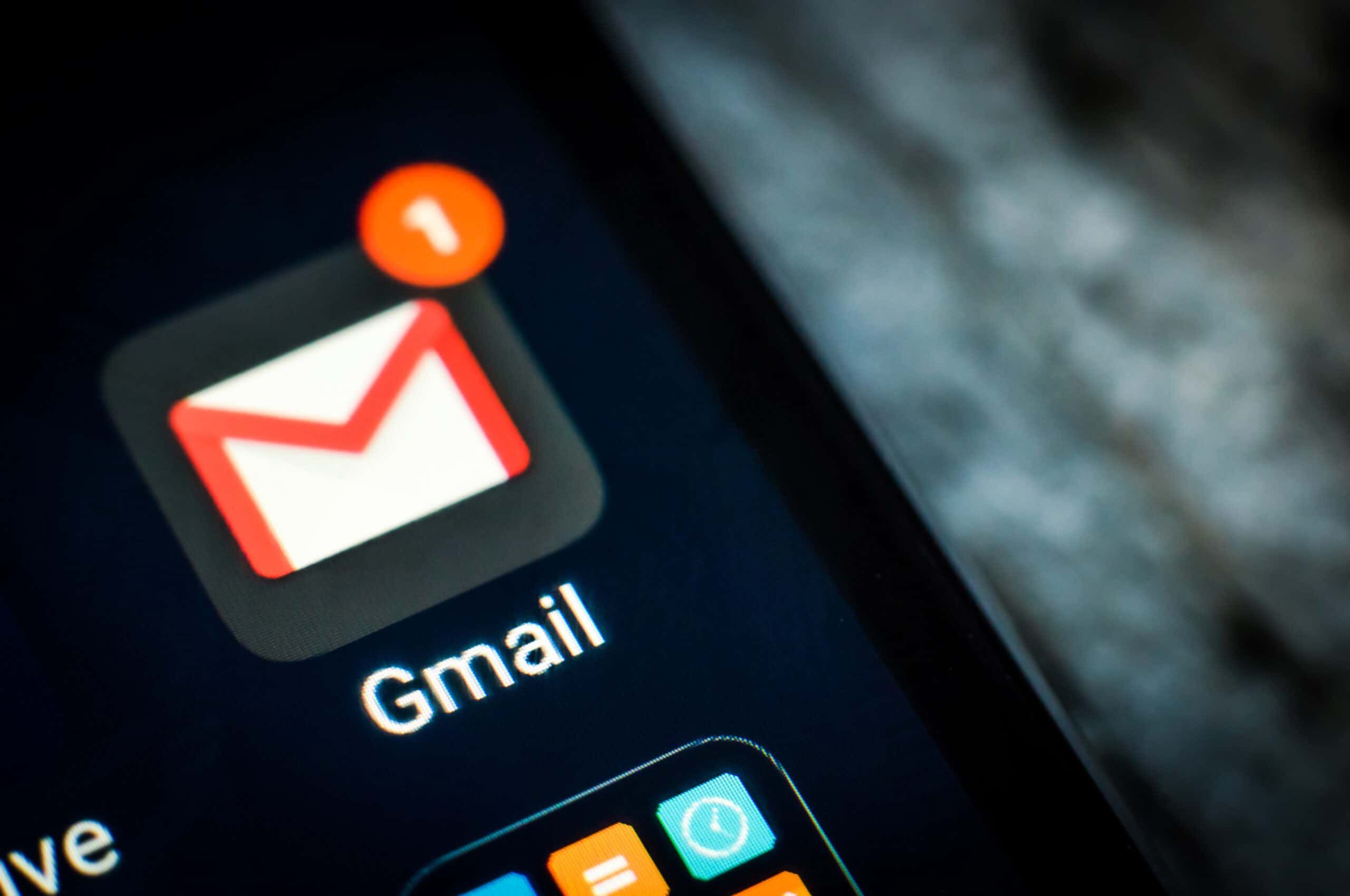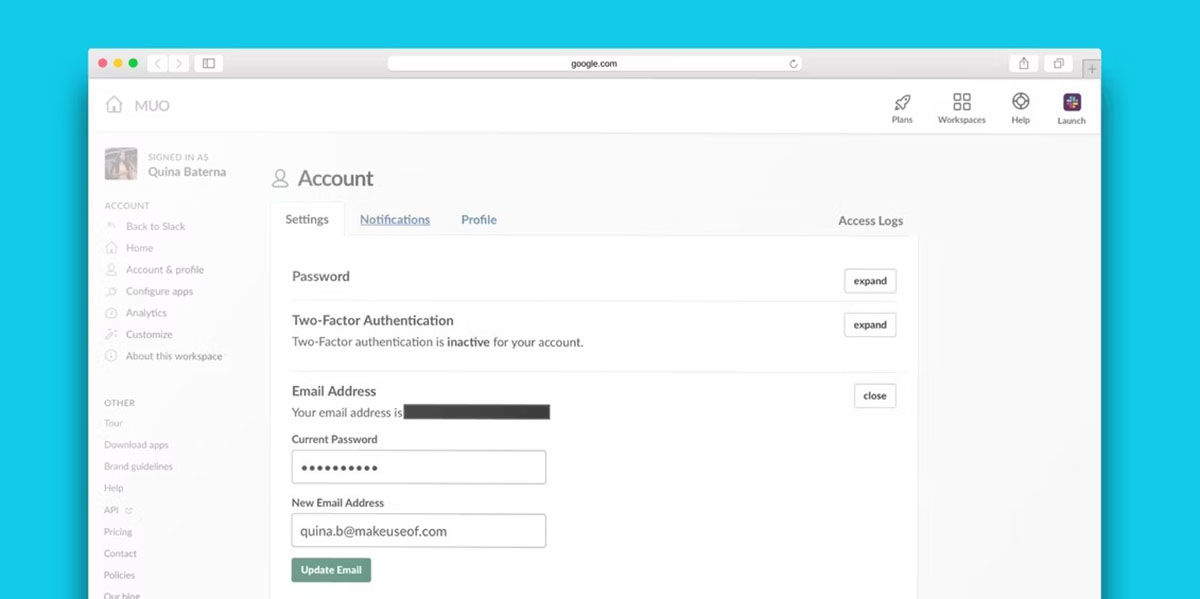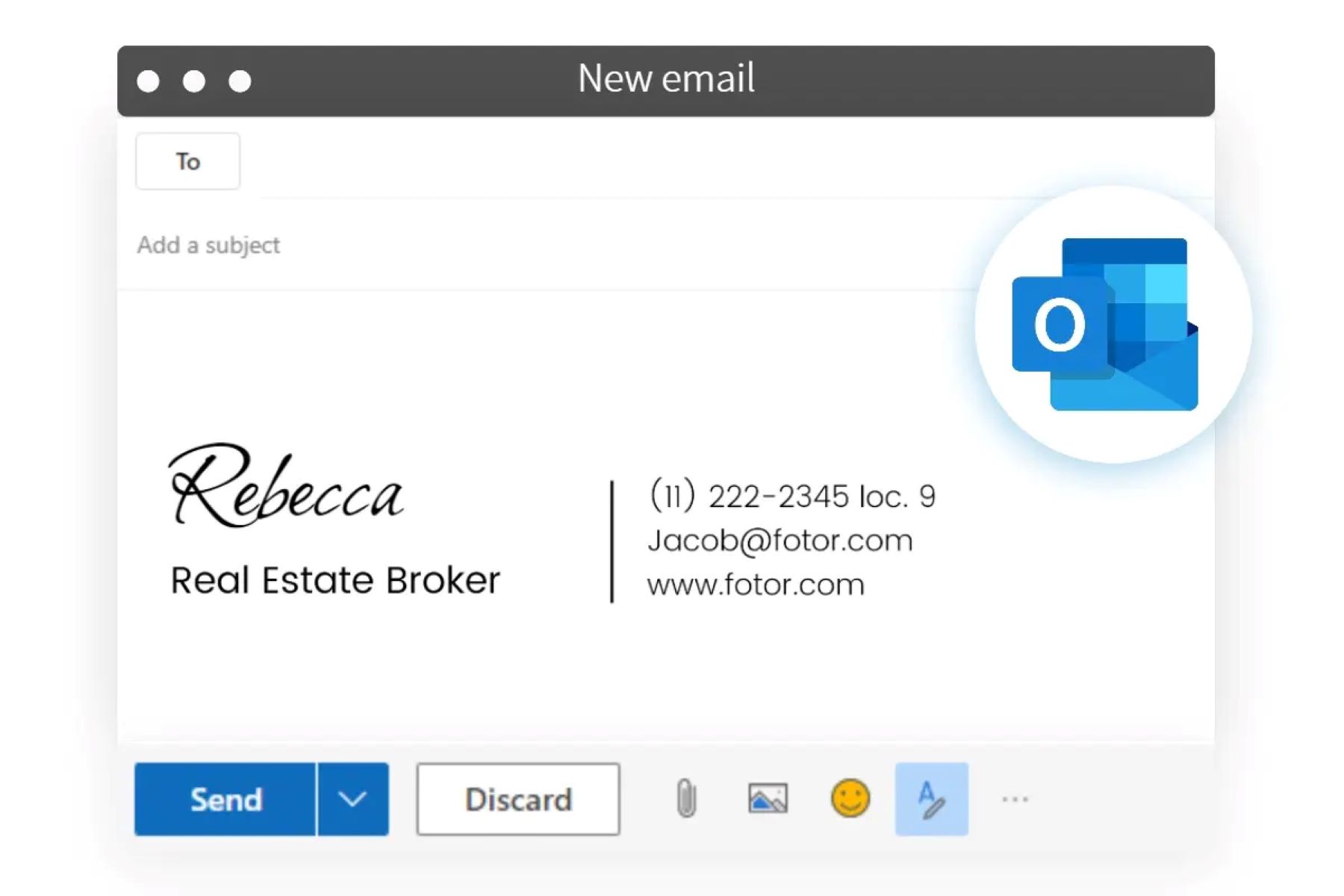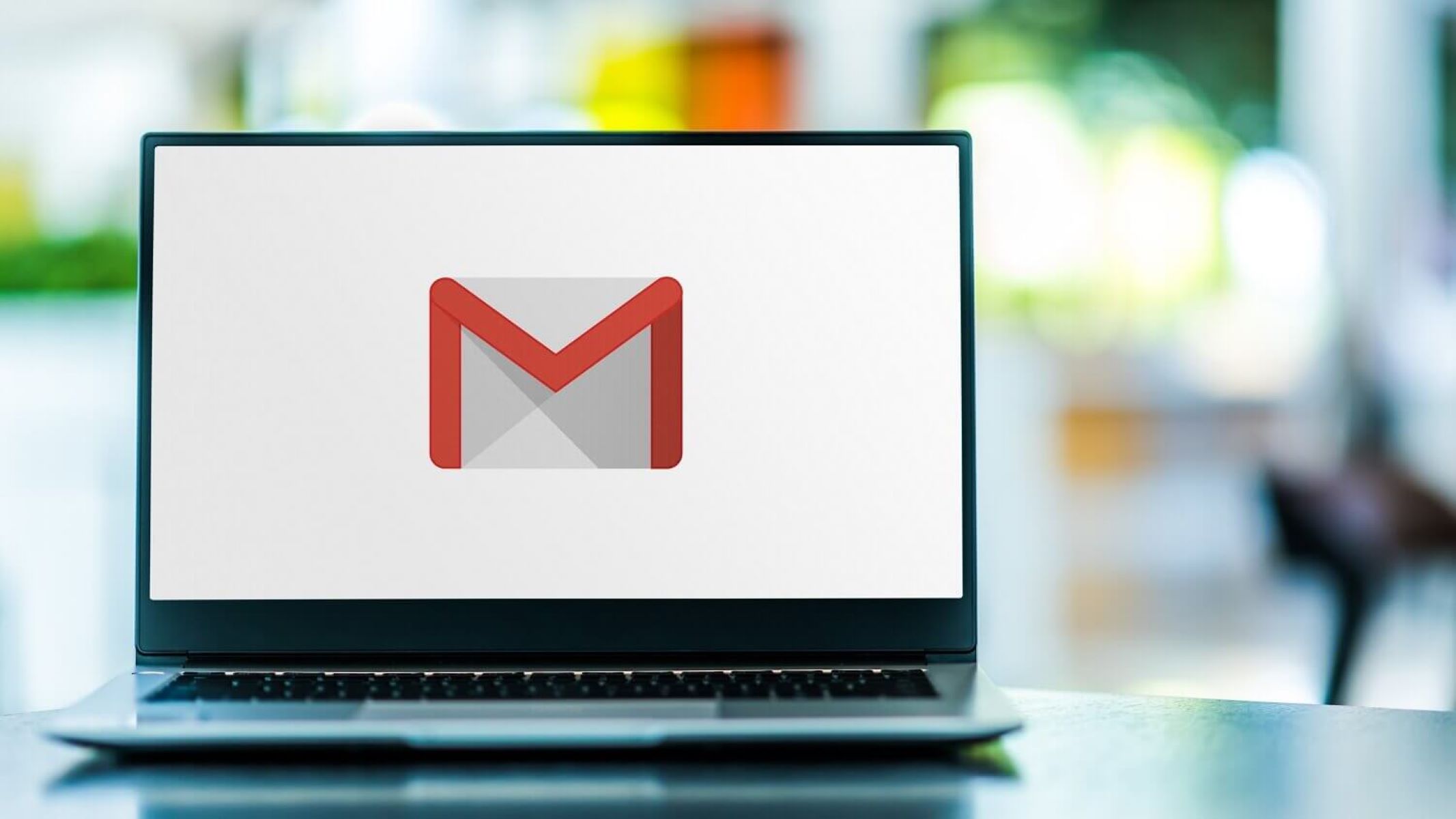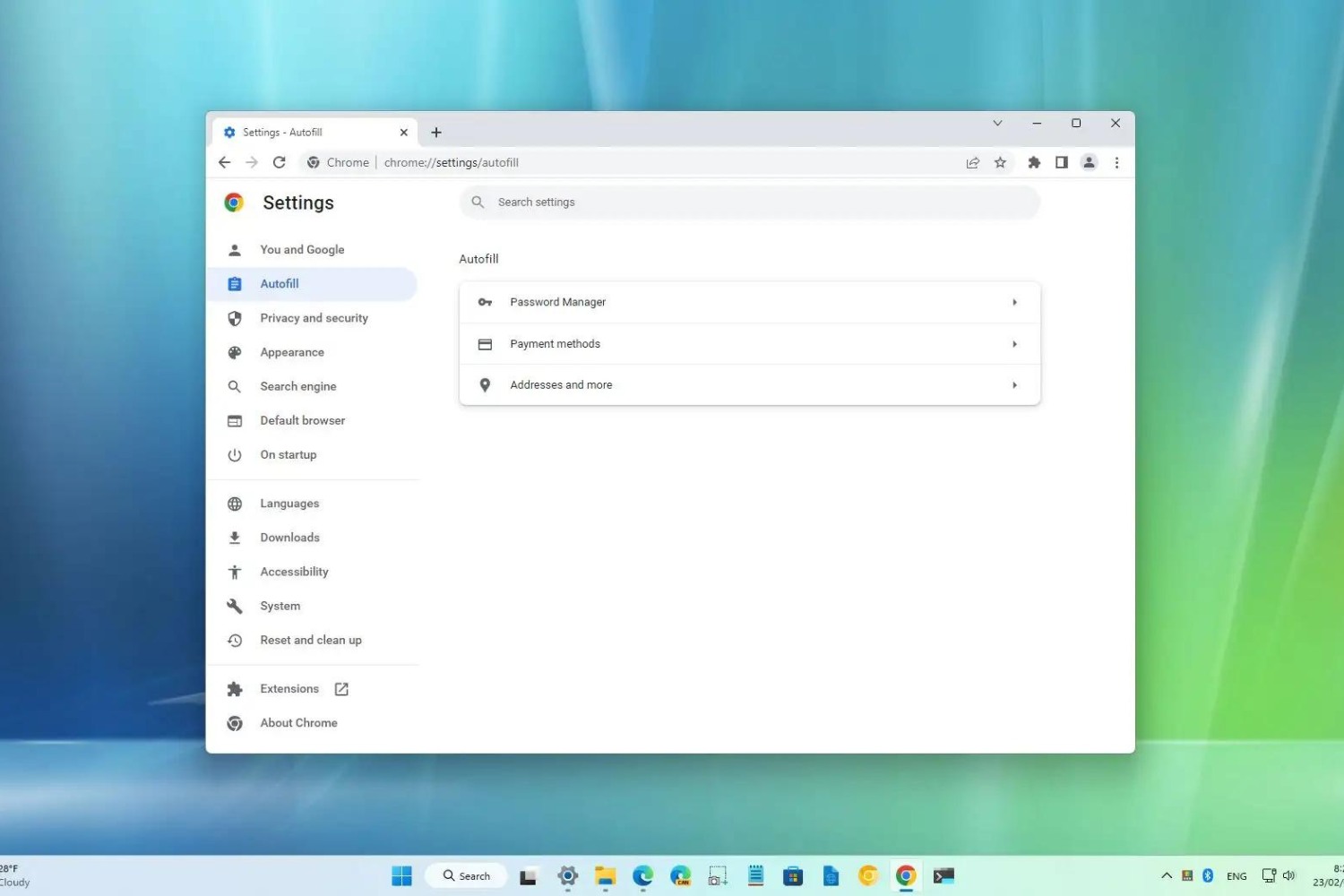Introduction
Welcome to this guide on how to edit an email effectively. Whether you’re a professional sending an important business email or simply corresponding with friends and family, it’s crucial to ensure that your email is well-written, clear, and error-free. Editing an email before sending it out can make a significant difference in how it’s received and understood by the recipient.
Editing an email involves more than just checking for spelling and grammar errors. It’s about refining the content, enhancing clarity and conciseness, and ensuring that the tone and intent accurately reflect your message. By following the steps outlined in this guide, you’ll be able to edit your emails like a pro and make the best impression possible.
No matter how proficient you are in writing emails, taking the time to review and edit your message is essential. It allows you to catch any mistakes, clarify your ideas, and make sure your email is easy to read and understand. This guide will walk you through the steps to edit your email effectively, whether you’re composing a formal business email, a personal message, or anything in between.
Editing an email can sound tedious, but it’s an essential step in effective communication. It’s all too easy to let small errors slip through, unintentionally alter the tone of your message, or overlook important details. By following the editing process outlined in this guide, you’ll be able to catch and correct those mistakes, ensuring that your email is polished, professional, and delivers your intended message accurately.
So, let’s dive into the different steps involved in editing an email in detail. By the end of this guide, you’ll have the tools and knowledge you need to craft emails that leave a lasting impression.
Step 1: Proofread for Spelling and Grammar Errors
Before making any other edits to your email, it’s important to start with a thorough proofreading to catch any spelling and grammar errors. Even small mistakes can make your email appear unprofessional and can potentially lead to miscommunication.
To effectively proofread your email, take the time to read it word by word, line by line. Look out for spelling errors, punctuation mistakes, and grammatical inconsistencies. Pay attention to commonly misused words, such as “their” and “there,” or “your” and “you’re.” These simple errors can undermine the credibility of your message.
Reading your email aloud can also help identify any awkward or unclear sentences. When we read aloud, we often pick up on phrasing issues or missing words that our eyes might otherwise overlook. Additionally, listening to the rhythm and flow of your message can help determine if the overall tone is appropriate for the intended recipient.
Another useful technique is to read your email backwards, starting with the last sentence and working your way up to the beginning. This helps you focus solely on the words and not get caught up in the context of the email. By reading in reverse, you’re more likely to spot any spelling errors or typos that you would have otherwise missed.
While proofreading, it’s important to rely on more than just your own eyes and skills. Consider using automated spell-check tools or grammar-checking software to catch any errors that you may have overlooked. However, be cautious as these tools may not always detect nuanced grammar mistakes or incorrect word usage, so it’s essential to use them as a helpful aid rather than relying solely on them.
Once you’ve completed the initial proofreading, take a break and revisit your email with fresh eyes. This break allows you to approach the email with a renewed perspective and increases your chances of catching any remaining errors, ensuring that your message is clear and professional.
Remember, the goal of this step is to eliminate any spelling and grammar errors that might impact the overall quality and comprehension of your email. By taking the time to proofread your email carefully, you demonstrate attention to detail and enhance the overall impression of professionalism and competence.
Step 2: Check for Clarity and Conciseness
Once you’ve proofread your email for spelling and grammar errors, the next step is to review it for clarity and conciseness. Ensuring that your message is easy to understand and concise is vital to effective communication. Here are some tips to help you in this process:
1. Start with a clear and concise subject line: A concise subject line grabs the recipient’s attention and gives them an idea of what the email is about. Avoid vague or lengthy subject lines that may confuse or deter the reader.
2. Use paragraphs and headings: Break your email into paragraphs to make it visually appealing and easier to read. Use headings and subheadings when applicable to guide the reader through different sections or topics within the email. This makes it easier for recipients to skim and find relevant information.
3. Use simple language: Communication is most effective when it’s straightforward. Avoid using technical jargon, complex words, or excessive industry-specific terms. Use plain and simple language that is easily understood by all recipients.
4. Be concise and to the point: Aim to communicate your message concisely without sacrificing clarity. Cut out unnecessary words or phrases that add no value to your email. Long-winded messages can cause confusion or lead to the reader losing interest. Keep your sentences clear and avoid excessive details unless necessary.
5. Use bullet points or numbered lists: When presenting multiple points or ideas, consider using bullet points or numbered lists. This formatting makes it easier for readers to digest information and quickly grasp key points.
6. Avoid ambiguity: Make sure your email leaves no room for misinterpretation. Clearly state your intentions, expectations, and any necessary actions required from the recipient. Be direct and specific in your language to avoid any confusion or misunderstandings.
7. Read from the recipient’s perspective: Put yourself in the shoes of the recipient and envision how they might interpret your email. Consider if there are any areas that might be unclear or require further explanation. Anticipate any questions or concerns they may have and address them proactively within your email.
By reviewing your email for clarity and conciseness, you ensure that your message is easily understood and avoids any potential miscommunication. It helps keep the recipient engaged and demonstrates your ability to convey information effectively. Taking the time to refine your email in this way enhances the overall quality of your communication and reflects positively on your professionalism.
Step 3: Review the Tone and Intent
When editing an email, it’s crucial to carefully review the tone and intent of your message. The tone of your email should align with the purpose and relationship you have with the recipient. Here are some key aspects to consider during this step:
1. Consider the recipient: Before sending an email, consider the recipient’s background, familiarity with the topic, and relationship with you. Adapt your tone accordingly. For formal or professional emails, maintain a polite and respectful tone. For more casual or personal emails, you can adopt a friendlier tone.
2. Check for politeness and respect: Ensure that the language and phrasing you use is respectful and considerate. Avoid any offensive or confrontational language that may offend or alienate the recipient. Keep in mind that tone can sometimes be challenging to interpret in written communication, so pay careful attention to how your words may come across.
3. Align with your intentions: Review your email to ensure that your words accurately reflect your intentions and purpose. Ask yourself if the tone and wording convey the message you want to deliver. If there’s a chance of misinterpretation, consider rephrasing or adding clarifications to avoid any potential misunderstandings.
4. Avoid extreme language: Be mindful of using extreme or exaggerated language in your email. Words like “always,” “never,” or “impossible” can come across as harsh or exaggerating your point. Stick to neutral language that is factual and appropriate for the situation.
5. Use positive language when possible: Incorporate positive language to create a pleasant and friendly tone. For instance, instead of saying “You can’t do this,” rephrase it to “One alternative could be…” or “Consider trying this approach.” This subtle shift can make a significant impact on the overall tone of your email.
6. Stay professional: Even in casual or personal communication, it’s essential to maintain a level of professionalism. Check for any language or content that might be inappropriate or unprofessional. Remember that emails can be saved, forwarded, or shared, so be cautious about the information and tone you express.
7. Read aloud for tone assessment: Reading your email aloud can help you assess its tone more effectively. It allows you to hear how your words sound and whether they convey the intended message and tone. If something sounds off or contradictory to your intent, make appropriate adjustments.
By carefully reviewing the tone and intent of your email, you ensure that your message is conveyed in a respectful and appropriate manner. This step helps you build and maintain positive communication, shows your professionalism, and enhances the recipient’s perception of you.
Step 4: Format the Email for Readability
The way your email is formatted plays a significant role in its overall readability. By ensuring that your email is well-organized and visually appealing, you can effectively capture the reader’s attention and convey your message more clearly. Here are some tips to help you format your email for maximum readability:
1. Use paragraphs and white space: Break your email into paragraphs of manageable length. This helps prevent a wall of text and makes it easier for readers to scan and digest the content. Additionally, make use of white space between paragraphs and sections to create visual separation and enhance readability.
2. Choose a legible font and font size: Select a clear and legible font for your email, such as Arial, Calibri, or Times New Roman. Avoid using fancy or decorative fonts that may be difficult to read. Additionally, ensure that the font size is large enough for readers to comfortably read without straining their eyes. A font size between 10 and 12 is generally considered standard for email communication.
3. Utilize headings and subheadings: If your email contains multiple sections or topics, consider using headings or subheadings to provide a clear structure. This helps readers navigate through the email more easily and locate specific information. Use bold or larger font sizes for headings to make them stand out.
4. Highlight important information: Use bold, italics, or underline formatting to draw attention to critical points or essential information within your email. However, use these formatting options sparingly to avoid overwhelming the reader. Keep in mind that excessive use can distract from the overall message.
5. Use bullet points or numbered lists: When presenting a series of items or steps, consider using bullet points or numbered lists. This formatting style breaks down information into digestible chunks and makes it easier for readers to follow along. It also helps emphasize key points.
6. Avoid excessive use of capitalization or exclamation marks: Excessive use of capitalization or exclamation marks can come across as unprofessional or even aggressive. Use them sparingly and appropriately to avoid overwhelming the reader or giving the wrong impression.
7. Proofread for formatting errors: While reviewing your email for content, also check for any formatting errors or inconsistencies. Ensure that headings, lists, and other formatting elements are used consistently throughout the email. Correct any spacing issues or formatting errors that may impact the overall visual appeal and readability of your email.
By formatting your email effectively, you improve readability and make it easier for readers to navigate and comprehend your message. Utilize paragraphs, headings, and bullets to create a visually appealing structure. Choose a legible font and font size, and use formatting elements like bold or italics sparingly to highlight important information. A well-formatted email enhances the overall professionalism and readability of your communication.
Step 5: Remove Unnecessary Information
Removing unnecessary information from your email is essential to keep it concise, focused, and reader-friendly. It helps ensure that your message is clear and avoids overwhelming the recipient with irrelevant details. Here’s how you can effectively remove unnecessary information from your email:
1. Identify the core message: Start by identifying the central message or purpose of your email. What is the main point you want to convey? By having a clear focus, you can better evaluate which information is relevant and necessary for your email. Make sure all the details you include directly support this core message.
2. Avoid repetition: Review your email to identify any repetitive information. Be mindful of restating the same idea in different words or using excessive examples or explanations. Repetition can make your email lengthy and tiresome to read. Trim down redundant information and keep the content concise and to the point.
3. Delete unrelated or tangential content: Eliminate any information that does not directly contribute to your core message or purpose. Unrelated details can distract or confuse the reader, diluting the impact of your email. Stay focused on the main topic, and save unrelated information for separate discussions or future communications.
4. Assess the relevance of background information: While context is crucial, evaluate the necessity of providing excessive background information. Provide only the essential details that help the recipient understand the purpose of your email. Avoid including unnecessary background stories or extra information that doesn’t add value to your message.
5. Be mindful of attachments: Consider whether all attachments included in the email are necessary. Including too many attachments can overwhelm the recipient and make it challenging to find the main message. If possible, provide links to external resources or files instead of attaching them directly to the email.
6. Remember the recipient’s perspective: Put yourself in the recipient’s shoes and consider what information would be most important and relevant to them. Tailor your email to their needs and interests. By focusing on what matters to the recipient, you can create a more meaningful and purposeful email.
7. Proofread for clarity and conciseness: After removing unnecessary information, proofread your email again to ensure that it remains clear and concise. Confirm that the flow and organization of your content are smooth and logical. Check for any remaining wordiness or repetitive phrases, and make appropriate edits to improve readability.
By eliminating unnecessary information, you streamline your email and enhance its effectiveness. Removing irrelevant content helps readers grasp your main message quickly and prevents them from getting lost in excessive details. Keep your email concise, focused, and relevant to ensure it resonates with the recipient and leaves a lasting impact.
Step 6: Double-Check Recipients and Attachments
Before hitting the send button, it’s crucial to double-check the recipients and attachments in your email. This step helps ensure that your message reaches the intended recipients and that any necessary attachments are included correctly. Here’s how to effectively double-check these essential elements:
1. Verify the recipients: Take a moment to review the email addresses or names of the recipients listed in the “To,” “CC,” and “BCC” fields. Ensure that the recipients are correct and that you haven’t accidentally included or omitted anyone. Pay close attention to spelling errors or auto-fill mistakes that can lead to sending the email to the wrong person.
2. Consider the need for using “Reply All”: If you’re replying to an email with multiple recipients, carefully consider if you need to use “Reply All.” Reply to all only when it’s necessary for everyone to see your response. Using “Reply All” unnecessarily can clutter inboxes and may cause frustration for recipients.
3. Attachments: If your email includes attachments, verify that you have attached the correct files. Open each attachment to confirm that it’s the right document and that it opens properly. Avoid sending multiple versions of the same document or unnecessary attachments that might confuse or overwhelm the recipients.
4. Check file formats and sizes: Ensure that the file formats you’ve used for attachments are compatible with the recipients’ systems. Consider compressing large files to reduce their size and make it easier for recipients to download and access them. Be mindful of attachment file size limits set by email providers that can affect deliverability.
5. Proofread email content after modifications: If you made any changes to the email content while reviewing the previous steps, proofread the entire email again. Pay close attention to any modified sections to ensure that the changes haven’t introduced errors or inconsistencies. Verify that the overall message remains clear and coherent.
6. Send a test or preview email: If possible, send a test email to yourself or someone you trust before finalizing and sending the email. This allows you to review the email’s appearance and formatting as it will appear to the recipients. Check for any formatting issues, broken links, or missing attachments that need to be addressed before sending the email to the intended recipients.
Remember, taking the time to double-check recipients and attachments significantly reduces the risk of sending emails to the wrong people or omitting crucial attachments. By verifying these details, you demonstrate professionalism and thoroughness in your communication, helping to avoid unnecessary mistakes or misunderstandings.
Step 7: Test and Preview the Email Before Sending
The final step before sending your email is to thoroughly test and preview it to ensure that it appears as intended and delivers your message effectively. Testing and previewing help you catch any formatting issues, broken links, or other potential problems that could diminish the impact of your email. Here’s how you can effectively test and preview your email:
1. Send a test email: Before sending the email to the intended recipients, send a test email to yourself or a trusted colleague. This allows you to experience the email as the recipients will, giving you an opportunity to spot any formatting errors, broken links, or other issues that need to be addressed.
2. Check email formatting and layout: Review the email in your inbox and check for any formatting discrepancies or layout issues. Ensure that the email appears well-organized, with headings, paragraphs, bullet points, and other formatting elements properly displayed. Pay attention to spacing, font sizes, and alignment to ensure optimal readability.
3. Verify links and attachments: Click on all the links within the email to confirm that they lead to the correct webpages or resources. Ensure that attachments can be easily accessed and opened. Test any interactive elements, such as buttons or forms, to ensure they function properly. Fix any broken links or address any attachment issues that you discover during testing.
4. Review the email on different devices and platforms: Email formatting can vary depending on the recipient’s device or email client. Preview and test the email on various devices and platforms, including desktop, mobile, and different email clients (such as Gmail, Outlook, or Apple Mail). This ensures that your email’s appearance is consistent and optimized for different viewing environments.
5. Proofread one last time: While previewing the email, take the opportunity to proofread it one final time. Check for any remaining spelling or grammar errors, awkward phrasing, or other issues that may have been overlooked in earlier editing stages. Pay attention to details, such as typos or incorrect formatting, that could undermine the overall professionalism of your email.
6. Make necessary adjustments: Based on the testing and previewing process, make any necessary adjustments or corrections to the email. Address formatting issues, fix broken links, rephrase confusing sentences, or make any other modifications required to ensure the email is error-free and visually appealing.
By thoroughly testing and previewing your email, you minimize the risk of sending an email with formatting issues or broken links. Taking the time to review how the email appears to recipients on different devices and platforms ensures that it delivers your message effectively, regardless of the viewing environment. By sending a well-tested and properly previewed email, you demonstrate your attention to detail and commitment to effective communication.
Conclusion
Congratulations! By following the steps outlined in this guide, you now possess the essential knowledge and strategies to edit your emails effectively. Editing an email goes beyond just checking for spelling and grammar errors; it involves refining the content, ensuring clarity and conciseness, reviewing the tone and intent, and formatting for readability.
Proofreading your email for spelling and grammar errors sets the foundation for strong communication. Next, you check for clarity and conciseness, making your message easy to understand and digest. Considering the tone and intent of your email helps build a positive and professional rapport with the recipient.
Formatting your email for readability enhances the visual appeal of your message, allowing recipients to navigate and comprehend it effortlessly. Removing unnecessary information keeps your email concise and focused, preventing overload or confusion. Double-checking recipients and attachments ensures that your email reaches the right individuals and includes all required files or documents.
Before hitting the send button, it’s crucial to test and preview your email, making sure it appears as intended and delivers your message effectively. By going through these steps, you improve the overall quality of your email communication and leave a lasting impression on your recipients.
Remember that effective email editing involves not just technical aspects, but also a human touch. Infuse your writing with creativity and a personal touch to engage your readers. Strike a balance between SEO optimization and natural language to maintain a seamless and enjoyable reading experience for your audience.
Now that you have learned the art of email editing, put your newfound knowledge into practice. Take the time to review and refine your emails before sending them out. A well-edited email shows your professionalism, attention to detail, and respect for your recipients’ time and attention.
So, start editing your emails with confidence, and watch as your communication becomes more effective, impactful, and well-received.









